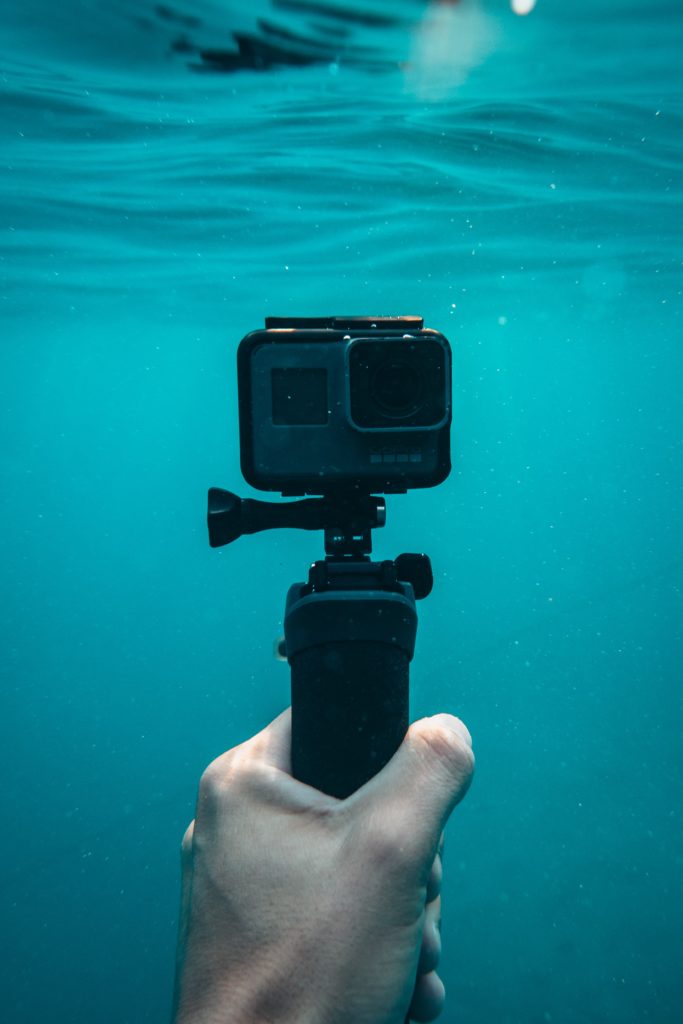To sign up for our daily email newsletter, CLICK HERE
You have spent months developing your perfect product. It is now finally, exactly what you desired. You have run it through all kinds of tests and it checks out in each and every one of them.
Your next big challenge is making the customers see the brilliance which you do. This is one of the most crucial parts of developing and marketing a product.
Corporate photography is crucial for businesses as it visually communicates the brand’s identity and values, enhancing its professional image. High-quality images can make a lasting impression, helping to attract clients and partners by showcasing the company’s culture, products, and services effectively. Brandtales’ expertise in visual storytelling ensures that each of their photographs not only captures the essence of your business but also tells a compelling story that resonates with your target audience, driving engagement and fostering trust.
The conventional way of getting your product advertised is by having a product shoot. However, this brand of practicality has certain challenges that must be addressed in order for it to be a success.
1. Accuracy
One of these challenges is depicting the product exactly as you, the manufacturer, intended it to be portrayed as. Getting the perfect mix of information from the manufacturer and the photographer’s craft within a single shot can be a daunting task.
A task which, if not performed correctly, can seriously damage the product’s image and yours too as the manufacturer.
Presentation mechanics is a discipline, the world has been studying for years. You as the manufacturer know exactly what the product is about, what it should be used for, and the target audience. It just seems harsh that the product fails to attain the publicity exactly as the manufacturer desired.
If we use these conventional methods, we may have to compromise on a lot of stuff. Things that are not physically possible to achieve can be looked over. This also puts a creative block on the imagination of the producer.
2. Production
Even before the photograph is taken, a major challenge is of the mechanical sort. There needs to be absolutely perfect lighting and background for the product.
This is the part that decides the grandeur of the product and the part which if done correctly, can instantly catch the customer’s eye.
Another important point is the advertisement for the lesser photogenic articles. We all know that it becomes especially tedious and challenging to present such a product in an attractive manner.
A very important point in this regard is the factor of time consumption. This modality of production requires a lot of time and a lot of manpower working together to produce the goods.
This creates seriously prolonged delays from the time the product was manufactured and to the time it actually goes out into the market.
3. Post Production
You may have managed to get a good shot, but the fact remains, a lot of the work is still done on the editing table. You might need to alter a lot of things to get the perfection you strive for in your work.
Moreover, a lot of stuff might need to be digitally added to the final frame. This delays the market-reaching time of the product. Not to mention, that for acquiring your desired results, you still have to take the services of digital creation.
3D Rendering vs Photography
So, to overcome all of these challenges, we have a single simple solution for you: 3D Rendering.
Modern-day technology provides us with the tools and equipment to get exactly what we want. 3D rendering from companies like Taitopia Render has completely altered the advertising industry.
Gone are the days when the photographer had to physically set up lighting, background, and ambiance for the shoots. Today, we can accomplish all of that by using minimal resources and getting the maximal output in terms of quality and accuracy.
All we need is a professional with a computer in a room and he will create anything the human mind can imagine.
It knows no boundaries when it comes to creativity. Today, most of the industry giants use 3D technology to enhance the showcase value of their products.
3D modeling has overcome all the physical and mechanical restrictions known to mankind, by digitally creating each element in the frame with utmost precision.
Another advantage the 3D rendering technology provides is the marketing of less photogenic articles. With 3D rendering, you can easily captivate your audience and make them genuinely interested in it.
That being said, you do need a professional company to do all this for you. These companies already know what the best build is for your product in the market right now. They hire highly trained professionals who make sure that each client is fully satisfied with the production.
